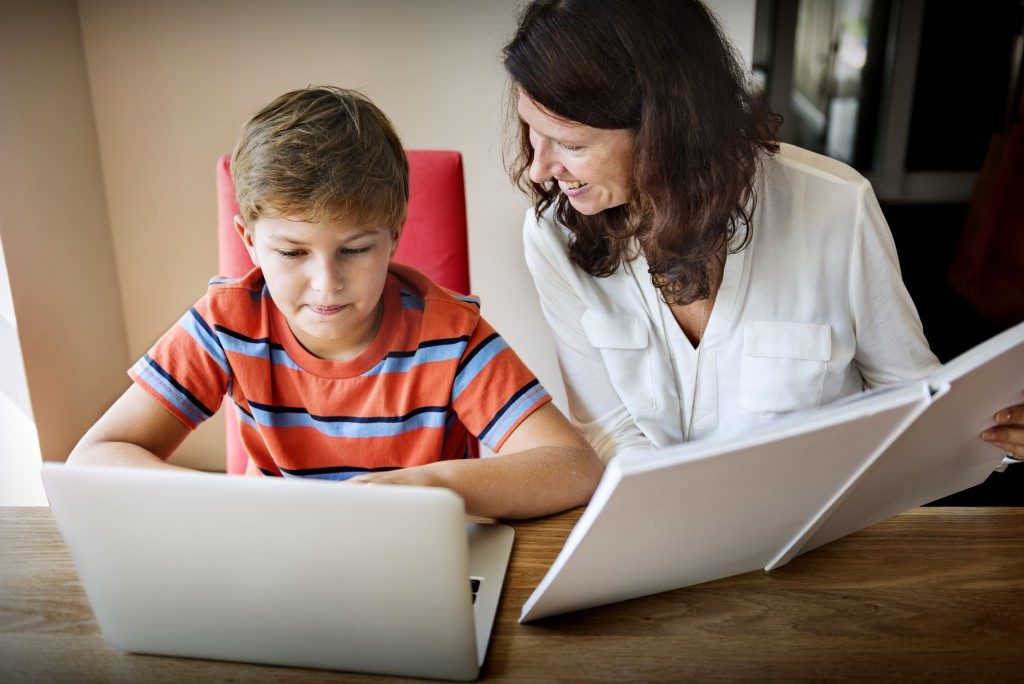The education you give your child will determine his/her success in the future. In a traditional learning approach, a teacher will stand in front of a lecture room while students sit listening and watching passively. Cooperative learning, in this instance, is mostly discouraged. These days, learning in most institutions is largely student-centered. This will shift focus to the student and encourage active student participation and motivation.
Student-centered learning has also been shown to improve the overall school experience of learners. It will minimize the resistance to school that is seen in most elementary course learners. Here are the different instructional methods used in student-centered learning programs in Gilbert, AZ and other locations in the U.S.:
Differentiated Instruction
This is designed to meet the individual needs of every student. It was primarily used for learners with disabilities in the past but is currently used for all learners. There are different methods used by teachers to differentiate the students in this instructional method. He/she can, for example, group students based on how they will access content or master concepts, the classroom setup, or the desired result. Some instructional methods used in differentiated instruction include small group discussions, spelling lists, and reading aloud.
Inquiry-Based Learning
This instructional method casts the teacher as a supportive element who will provide support and guidance for students throughout their lesson. In inquiry-based learning, the teacher will be a personal model, delegator, or facilitator. The student, in this case, will research questions, find information sources, solve problems, and explain key concepts. The teacher will center on high-level questions that will require the students to research a process rather than a specific answer. This way, he/she can glean as much information as possible on a question.
Expeditionary Learning

Here, students will go on expeditions to gain in-depth knowledge of various aspects that impact their communities. In a big city, for instance, students might study the effects of pollution rather than farming. Learning in this instructional method will include multiple content areas, such that students will practice real-world problem-solving in their ways. Once they have a solution, teachers will work with them to pick the ideal solution that can be implemented on a particular issue.
Personalized Learning
This is where students will follow custom-made learning plans based on their skills and interests. The hallmarks of personalized learning are student choice and self-direction. The assessments in this instructional method are also tailored to a student’s needs. Most schools using personalized learning implement competency-based progression. This way, students only move to another topic after mastering their current one while those who have not done so will receive additional help. In personalized learning, there is also an emphasis on career readiness and college choices.
Some parents nowadays prefer home-based learning believing that their kids will not get personalized attention in classroom settings. With the above student-centered instructional methods, you can now guarantee that your child will have a personalized experience. Do not assume that these methods will only have an impact on your child in high school. They should start right in elementary school. You should, therefore, make the right choices at this very point.
